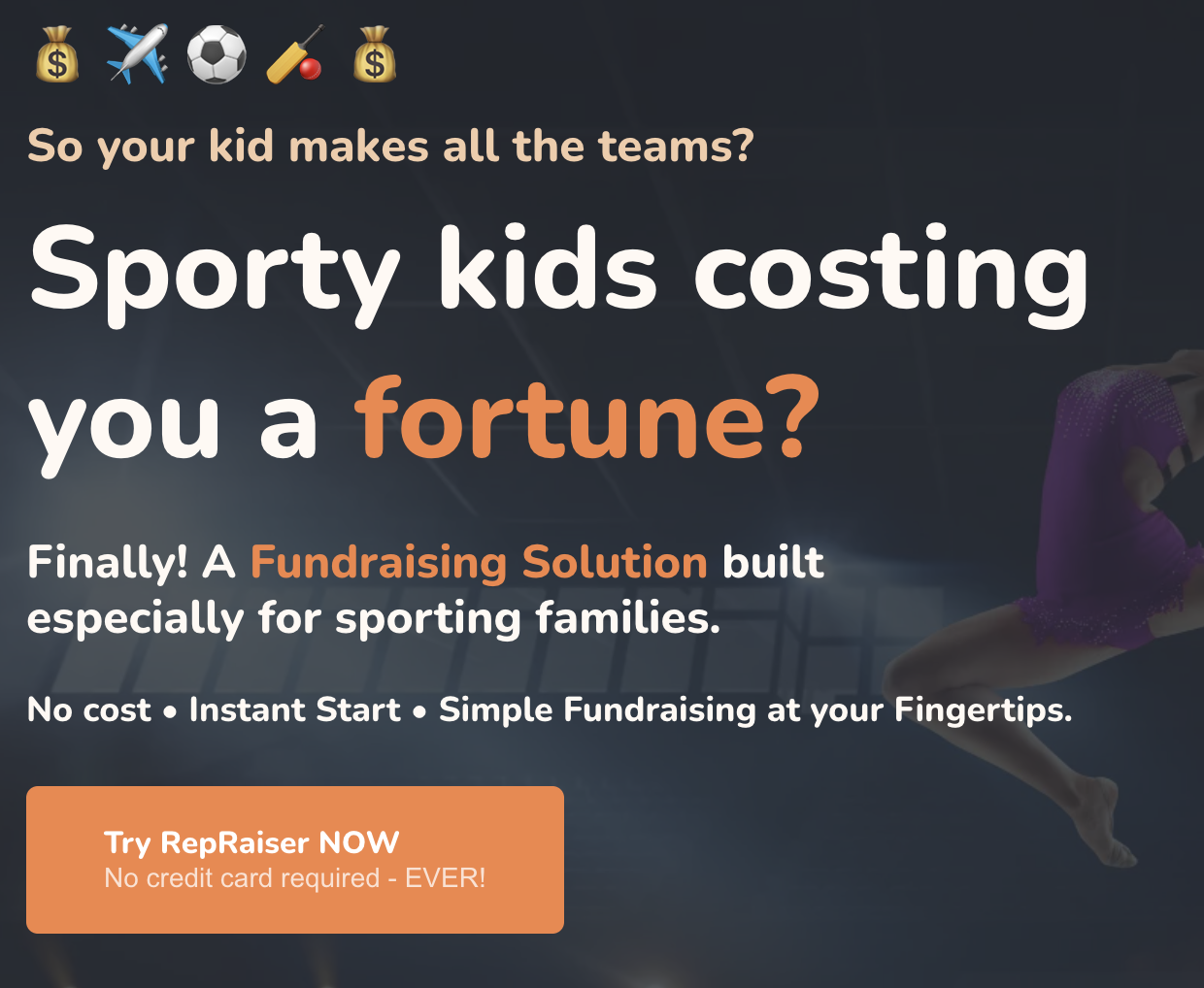In a recent article titled ‘How proof of previous donations influences compliance with a donation request- three field experiments’ researchers described a set of social experiments completed in France with the aim to study the theory of ‘social proof’ and its impact on donors.
So, what exactly is ‘social proof’ theory I hear you ask. Well it’s a social influence phenomenon that was popularised in 1984 (by psychologist Robert Cialdini) maintaining that a person who does not know what the proper behaviour for a certain situation is, will look to other people to imitate what they are doing and to provide guidance for their actions.
From the perspective of charitable donations, the researchers sought to understand if ‘social proof’ in the form of visible previous donations would significantly change or modify the behaviour of donors contributing to a humanitarian cause. They hypothesised that if a person was unsure whether to donate in a social setting, the evidence of prior donations (social proof) would assist them to make the decision to donate.
They devised a set of 3 experiments to test their hypothesis each seeking donations for a recognised humanitarian charity.
Test 1
Involved placing donation boxes on the store counter in 10 different bakeries for 10 days.
Each day the boxes alternated between a clear donation box containing coins and a painted box with no coins. Every day the boxes were reset to the original conditions and the donations for the day were tallied. The results were that on average the transparent boxes generated €2.28 whilst the painted boxes generated only €1.77. The clear box with some coins already in it resulted in higher donations with 29% greater being received.
Test 2
Involved face-to-face requests for donations from 180 people (90 men and 90 women) outside a store.
Two volunteers, unaware that they were conducting an experiment, approached 5 men and 5 women aged between 30 and 50 years old. The volunteers used either a clear donation box with 12 coins or a painted donation box with no coins. If a donation was made the donated amount was removed before approaching the next person. The volunteers alternated between using the clear box and the painted box and multiple store locations were used. The results were that 51% of people donated to the clear boxes with coins showing but only 30% of people donated to the painted box. Again, the clear box with some coins already in it resulted in higher donations being received.
Have a child who excels?



Test 3
Involved door-to-door requests at 240 homes seeking clothing donations.
Again two volunteers were used that were unaware that they were conducting an experiment. The volunteers presented either an empty bag or a bag half filled with clothing. Each volunteer was given an exact script to follow and alternated between presenting an empty bag or a half full bag every 10 houses (unanswered doors not included). The results were that 71% of people donated when approached with a half full bag whilst only 58% of people donated when presented with an empty bag. Like the clear donation boxes in the previous two tests, the presence of clothing resulted in higher donations.
The results are certainly compelling and represent a very simple way to make your fundraising efforts more effective. Based on these experiments, if you provide ‘social proof’ for your donation method you can expect to gain somewhere between 13%-28% more donations.
I think that beyond donation boxes and clothing bags there may be many other ways to put ‘social proof’ theory into action in your fundraising efforts. Perhaps it could be making the number of attendees at an event visible to potential attendees, showing that you already have sponsors for your next fun run, or making the number of raffle tickets already sold visible.
Happy fundraising!
Reference: ‘How proof of previous donations influences compliance with a donation request- three field experiments’, Jacob et al (2018), International Review on Public and Nonprofit Marketing, Vol. 15, Issue 1, pp.1-8.


 Dr. Sash Neser
Dr. Sash Neser








